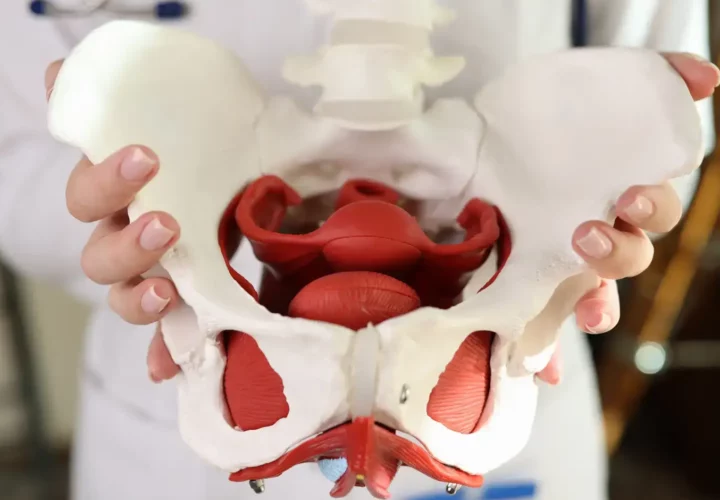Concussions are one of the most common injuries in youth athletics. Unfortunately it is newly discovered to be one of the most severe too. Its history of casual treatment carries a lot of danger! So why are concussions so serious and how do we recognize them?
What to Know
Concussions were often classified simply by symptoms. And in particular because it was mostly common in youth it was deemed as minor because kids are so great at bouncing back from so many other injuries! However, recent research on the topic following the growth of long term neurological conditions and premature deaths of prominent football players has discovered that the profound impact of concussion is something to take very seriously. It turns out, concussion is actually an acquired traumatic brain injury. Premature return to activity can actually cause an exacerbation of the damage that should normally be recuperable.
What Occurs
When a concussion happens, the brain is literally jolted against the skull so hard that it can cause literal bruising to the nervous tissue. This disrupts the connections that integrate functions such as:
- Balance
- Fine motor control
- Memory
- Decision making
Depending on the angle of a blow and the immediate area of the brain affected, symptoms may initially appear minor. But the injury sends the brain into a immediate deficit of energy and oxygen. This is why later on you may see that even acts like basic concentration or processing of light can lead to severe headaches. Because of this energy deficit, it is absolutely vital that athletes immediately undertake rest and medical supervision under a neurologist with experience in monitoring concussion.
Warnings
A key warning is to make sure that the decision of whether an athlete is at risk of concussion is made by personnel not invested in that athlete’s success in sport as the athlete’s recent injury will affect their own decision making skills. Also, personnel not versed in concussion severity may brush off how the increase in physical activity could actually exacerbate the injury and time to recovery because energy will be diverted from the brain in deficit to the muscle groups being used in sport. This can cause further damage.
Red flags for immediately pulling a player from play and sending them to a hospital include double vision, numbness or tingling, weakness, headache, any period of loss of consciousness or lying motionless. More flags include being slow to get up after even an indirect blow to the head, signs of memory or cognition impairment, seizure, vomiting, or an increase in agitation or a combative nature.
Symptoms such as the following would indicate a concussion may be present:
- Changes in sensation (blurred vision, poor balance)
- Pain or pressure in the head
- Changes in cognition or problem solving
- Difficulty answering relevant questions such as
- venue
- who was the most recent to score
- what period of the game the player is in
- the last team the player competed against
- who won the last game or match
Even the possibility of a concussion indicates immediate removal from the game until a neurologist has been consulted. Lastly, play should not be resumed until cleared by a doctor.
Takeaway
If it sounds serious, it’s unfortunately because it is! Concussions have long thought to be minor. But the more we learn, the more we find that decades can be cut off the life of some athletes. And long term cognitive and physical deficits can result if symptoms are ignored. Always be safe with your brain!



